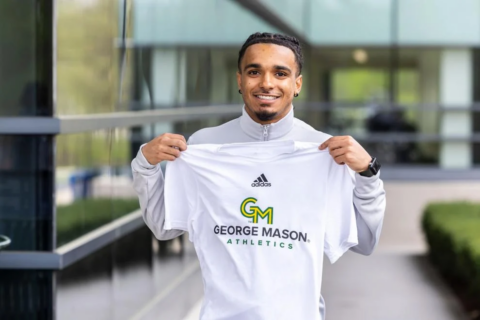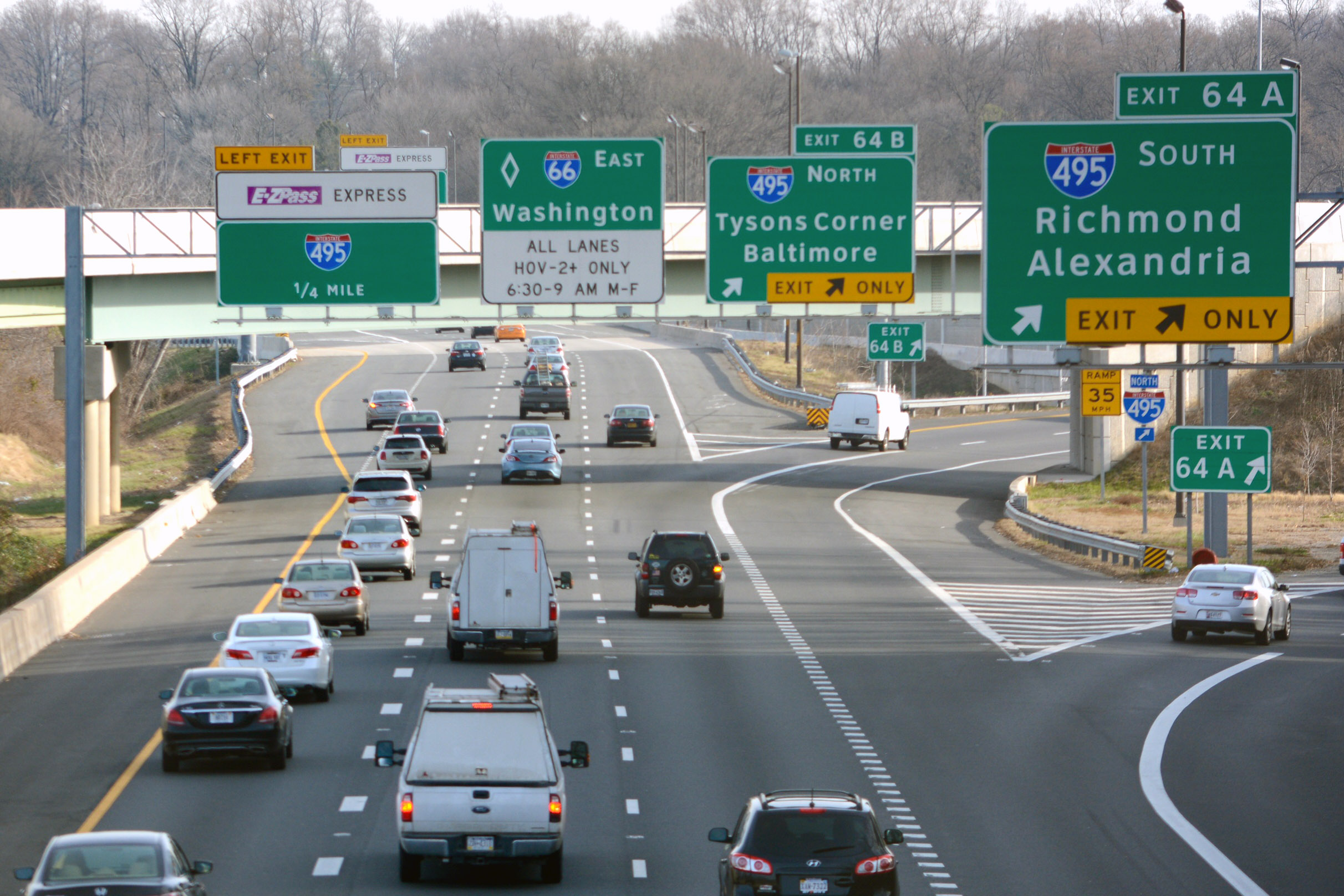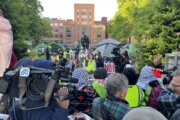WASHINGTON – Virginia voters head to the polls Nov. 3 to decide state General Assembly, county level and school board races.
This is an off-year election for Virginia with no statewide or congressional races and turnout is expected to be low. But the results could have a significant impact on policy decisions at both the state and local level.
WTOP Northern Virginia reporter Max Smith explains what voters need to know before heading to the polls.
1. Control of the Virginia Senate
After a series of swings in recent years, Republicans enter the election in control of the Senate by a 21-19 margin. Because Lt. Gov. Ralph Northam, a Democrat, has the tie-breaking vote, Democrats would need to pick up just one seat to gain control of the chamber.
Although all 100 seats in the House of Delegates are also up for election this cycle, Republicans are expected to easily maintain their large majority in the chamber, allowing them to challenge many proposals from Gov. Terry McAuliffe, a Democrat, regardless of which party has a majority in the Senate.
One of the two key races in Northern Virginia is projected to be in the 29th Senate District, centered around Manassas.
Democrat Jeremy McPike faces Republican Hal Parrish for a seat left open by the retirement of Democrat Sen. Chuck Colgan. Colgan has represented Manassas, Manassas Park and parts of Prince William County since 1976.
The other key race in Northern Virginia has generated heated attacks in parts of Prince William and Loudoun counties, where Republican Sen. Dick Black is running for reelection. Jill McCabe is the Democratic candidate.
Races elsewhere in the state, including Roanoke and parts of the Eastern Shore and Hampton Roads, could also determine which party will control the state Senate.
Read more about the Senate races here.
2. Handful of House races
While district lines drawn to protect many incumbents have made the overall makeup of the House of Delegates nearly a foregone conclusion, there are a handful of local House races that challengers hope will be competitive.
Voters in Western Fairfax and Eastern Loudoun counties will choose a new delegate to represent the 86th District, an area served for seven terms by retiring Republican Tom Rust.
Democrat Jennifer Boysko, who lost to Rust two years ago by just 32 votes, has raised nearly $400,000. Republican Danny Vargas has raised nearly $325,000. Independent Paul Brubaker is also in the race and has reported nearly $9,000 in contributions and loans.
Voters in Eastern Loudoun County will also choose a new delegate to replace Republican David Ramadan, who opted not to seek another term representing the 87th District.
Democrat John Bell and Republican Chuong Nguyen have raised more than $560,000 combined. Libertarian Brian Suojanen has raised $1,691.
3. Local leaders
Also on the ballot will be races for the top posts in local communities including the city of Alexandria plus Fairfax, Loudoun and Prince William counties.
The Alexandria race for mayor is among the least predictable in what is expected to be a low-turnout election.
Current Mayor Bill Euille lost a Democratic primary challenge to Vice Mayor Allison Silberberg. But he has since launched a write-in campaign against her.
The four-way race for Loudoun County Board chair is potentially equally interesting.
Current Chairman Scott York is running as an independent, after initially announcing plans to leave the board. He re-entered the race after the supervisor he endorsed to replace him, Shawn Williams, ended his own campaign for chair and resigned from the board following revelations of alcohol issues, a violent confrontation with a former girlfriend and a misdemeanor arrest.
York faces Republican Charlie King, Democrat Phyllis Randall and another independent candidate Thomas Bellanca for the chairman’s seat.
York leads in fundraising, followed by King, Randall and Bellanca, according to the Virginia Public Access Project.
4. Local boards and councils
In addition to the chairman posts on each county board, district supervisor seats are also on the ballot in counties across the region.
In Fairfax County, voters will fill the seats of two long-serving supervisors who are retiring. Supervisor Gerry Hyland has represented the Mount Vernon District since 1987 and Michael Frey has represented the Sully District since 1990.
In Loudoun and Prince William counties, development, county spending, traffic and safety issues top the debate in several supervisor races.
In Arlington, two of the board’s five seats are open for the first time in years. All seats on the Arlington board are at-large.
In Alexandria, all six city council seats are also on the ballot. Alexandria’s council members are all elected at-large and serve three-year terms.
5. School board and constitutional offices
Voters will also choose non-partisan candidates for school boards.
Virginia only lists party affiliations on the ballot for General Assembly, statewide and federal races. That means voters who may otherwise rely on party affiliation must do their research before heading to the polls.
Recent decisions like new school start times, salaries and curriculum are among the issues up for debate in some races.
Constitutional officers are also on the ballot, which in most communities includes the sheriff, commonwealth’s attorney, clerk of the circuit court, commissioner of revenue and treasurer.
6. How to vote
Polls will be open from 6 a.m. to 7 p.m. on Tuesday, Nov. 3.
Voters in Virginia are required to show a photo ID like a driver’s license, passport, employee identification card or voter identification card.
Voters who forget to bring identification with them can cast a provisional ballot that will be counted as long as they present a copy of a valid photo ID to the local electoral board by noon on the Friday following the election.
Virginia voters who meet one of a long list of requirements, including a commute and workday that lasts 11 hours or more, can vote absentee either by mail or in person.
The deadline to apply for a mail-in absentee ballot is Oct. 27. The state just unveiled a form allowing voters to apply for the ballot online.
In-person absentee voting continues through Saturday, Oct. 31 at designated locations in each community.
Voters can find a sample ballot on the State Board of Elections’ site. Select a locality and precinct, leave the other boxes blank, and then choose “2015 November General.” See a sample of the drop-down options below:







